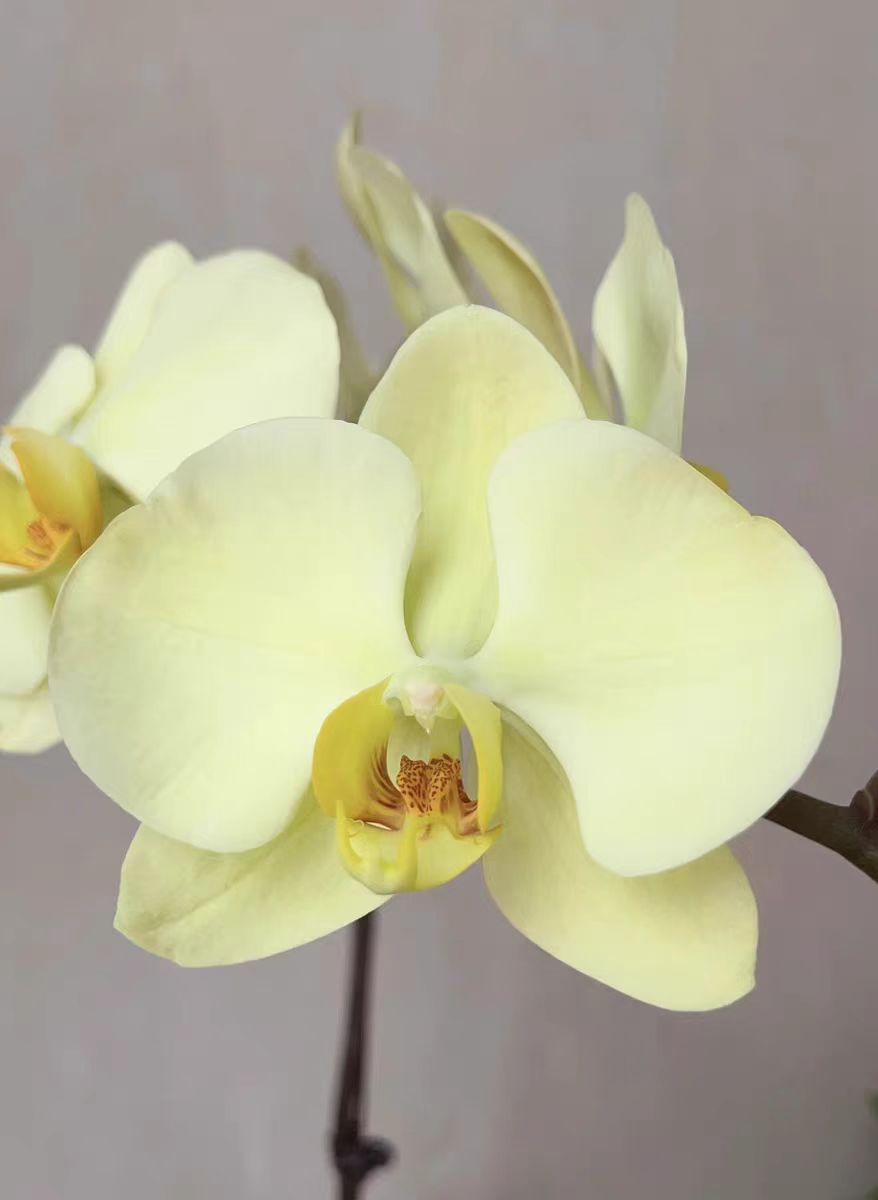Choosing the right substrate is crucial for maintaining Phalaenopsis, and bark has become the preferred choice for many orchid growers due to its excellent air permeability and moderate water retention. So, which type of bark is most suitable for Phalaenopsis? And does it need to be kept moist regularly?
Phalaenopsis is different from common houseplants like Epipremnum aureum and Chlorophytum comosum. As an epiphytic plant, its roots require good air circulation, so loose and breathable planting materials are essential. The most commonly used is pine bark, especially aged pine bark. It is not only lightweight and highly breathable but also slowly releases nutrients during decomposition, making it an ideal medium for Phalaenopsis.
In addition to pine bark, willow bark is also an excellent choice. Willow bark contains salicylic acid, which promotes root growth, enhances the resistance of Phalaenopsis, and reduces the risk of root rot. If you can’t find these two types of bark, oak bark or fir bark can be used as substitutes, but remember to age and disinfect them first. Soak the bark in water for a few days, then sterilize it in a carbendazim solution for half an hour, and finally dry it in the sun before use.
Many people mistakenly believe that when using bark to grow Phalaenopsis, the bark must be kept constantly wet. However, this is a major misunderstanding! Although bark doesn’t retain water as strongly as soil, it shouldn’t stay consistently moist. While the roots of Phalaenopsis prefer a humid environment, prolonged wetness in the bark can cause root hypoxia, leading to root rot, yellow leaves, and a wilted plant.
So, how should you water correctly? Just follow the "water when dry, dry when watered" principle. Before each watering, check the bark on the pot surface by hand. If the bark feels significantly lighter, its surface looks white, and the inner bark is not sticky to the touch, it’s time to water. When watering, don’t do it sparingly—water thoroughly until it flows out from the bottom of the pot, which helps flush out dirt and excess salts from the bark.
Here’s a tip: Place a few ceramic pellets at the bottom of the pot to improve drainage and reduce the risk of root rot. If the air in your home is particularly dry, besides regular watering, you can spray mist around the plant to increase humidity, but avoid spraying directly on the flowers and leaves to prevent rot.
In summary, choosing the right bark and watering properly will help your Phalaenopsis thrive and bloom abundantly. Next time someone asks how to grow Phalaenopsis, share these tips with them! Growing Phalaenopsis isn’t difficult—with more observation and practice, you can become a master gardener too!
What kind of bark is suitable for growing Phalaenopsis?

Share with
Tagged in :




Leave a Reply